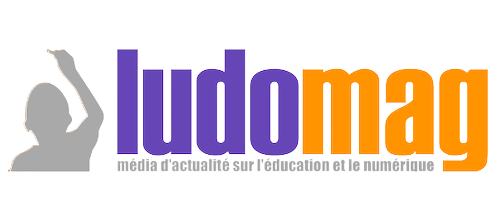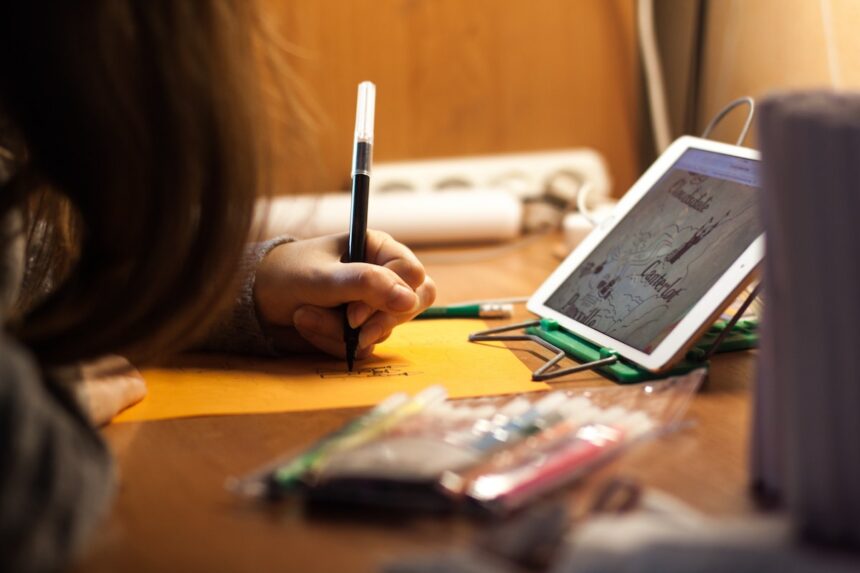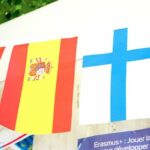Following the recent statements by the French Minister of National Education, Gabriel Attal, regarding his intention to « fix the school », François Billioud, co-founder of the startup Cantoo, wants to bring back to the forefront the need to build a real inclusion policy based on the uniqueness of the students, by laying the foundations of a third way: letting everyone be who they are. To illustrate this point, he refers to left-handed students who were once forced to adapt and learn to write with their right hand in order to express their thoughts.
Opinion column by François Billioud, co-founder of the social enterprise Cantoo
After 13 years of working in the field of inclusive education, I am still amazed by some of the testimonies I hear. Recently, I heard about the case of a dyspraxic high school student who, after four hours of writing, was in tears because of muscle tension in his arm and was scolded by the supervising teacher, who saw it as a sign of weakness on his part. Not to mention the imprecise educational guidance, where some students have exceptional abilities but are prevented from revealing them because of their disabilities.
Inclusive education has not yet adequately addressed so-called ‘invisible’ disabilities, such as dyslexia.
Understanding the uniqueness of each pupil
In France, syndromes such as dyslexia, dyspraxia and dysorthographia affect between 6% and 8% of the French population, i.e. 2 to 3 pupils per class. These disorders are more common than they seem, but as invisible disabilities they remain largely unrecognised and a source of misunderstanding in the classroom. Standard teaching methods do not take into account the specific needs of these students, leaving them struggling to keep up with the pace and acquire key skills. The inclusion of these young people should not be relegated to the background, as these disabilities will affect them throughout their lives, but their impact can be mitigated through appropriate support and compensatory tools.
Gabriel Attal recently stated that « it is up to [the school] to adapt to each pupil and not the other way round ». However, it is not realistic to put the whole burden on teachers and ask them to adapt their teaching to each of their 25, 30 or 40 students in a single lesson. We believe in a third way: letting each individual be who they are, using technologies and methodologies that promote better understanding, improved communication and optimised learning, while valuing individual uniqueness. It may not be feasible to have an AESH for every child, but that should not mean inaction. Especially considering that we now have the knowledge necessary to effectively compensate for various disorders and disabilities.
In this perspective, reinventing the school does not mean simply « fixing » the existing system, but designing an educational environment that embraces the diversity of needs and talents. Modern knowledge and technology should be used as a lever to build a truly inclusive and adaptive education system.
Digital compensatory tools can be a valuable ally in facilitating learning
By improving the conditions for students in society and providing adaptive and customisable tools, such as reading and writing assistance, text-to-speech conversion, etc., digital tools can support the work of teachers and promote student autonomy by automating certain tasks. It is also a support that can be provided to AESH professionals who, due to a lack of resources, struggle to fulfil their entire mission. Furthermore, in the absence of AESH, digital tools can provide long-term support for students who are experiencing difficulties.
The government’s proactive approach to tackling bullying in schools has taught us the importance of teaching compassion in schools. Working towards a school that is more attentive to students with special educational needs should be the first lesson.








